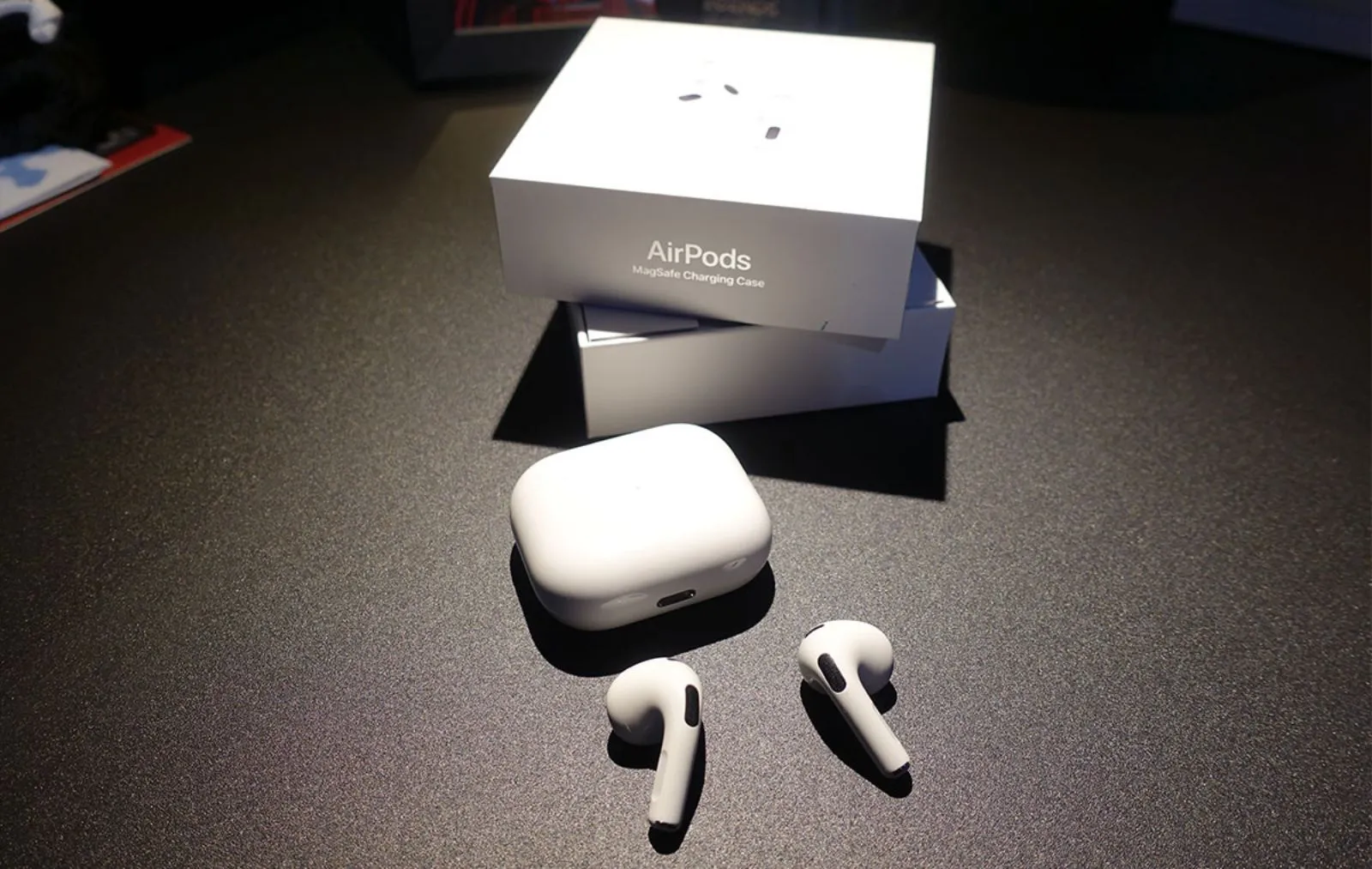A much needed fix for a messy feed
For many users, the home feed of YouTube has become a source of frustration rather than a gateway to meaningful content. One harmless click, perhaps a cooking tutorial or an unrelated video, can throw off the entire recommendation system, resulting in a cascade of content that no longer reflects true interests.
Recognizing this problem, YouTube is now experimenting with a new feature called “Your Custom Feed.” The idea is simple: instead of relying solely on its algorithm to guess what you might like, YouTube gives certain users the chance to directly tell it what they want or don’t want to see. The option appears alongside the usual Home tab on eligible accounts.
With this shift, YouTube is signaling a deeper change in philosophy, moving from passive recommendation to active user control. Rather than occasionally flagging individual videos as “Not interested,” users can now sculpt their feed in a more holistic manner.

How “Your Custom Feed” works
A prompt based interface
When the feature becomes available on your YouTube homepage, you can click the new tab and enter a prompt describing what kind of content you want more of or less of. For example, you might type “more cooking tutorials and travel vlogs” or “less gaming content.” Once submitted, YouTube’s system reevaluates the recommendations for that feed to better align with your stated preferences.
In effect, the feature replaces the cumbersome process of individually managing disliked videos or channels. Instead of playing whack a mole with recommendations, you get a top level control to steer your content stream. Many already view this as a long overdue improvement.
Still powered by algorithm but guided by you
It is important to note that “Your Custom Feed” does not remove YouTube’s recommendation engine. The platform continues to rely on algorithms and machine learning behind the scenes. What is new is the layer of human intention on top. You set the direction, and the algorithm adjusts accordingly.
This hybrid approach offers a middle ground. You get personalization flexibility without needing to overhaul your viewing habits or manually filter every video.
Limited availability for now
Currently, YouTube’s custom feed feature remains experimental and is visible only to a subset of users. The company has not announced when or if it will roll out globally. This test phase allows YouTube to gather feedback and refine the experience before expanding access.

Why YouTube is doing this
A backlash against poor recommendations
For years, users have grown frustrated with the imperfections of automated recommendations. Watch a few family friendly videos and suddenly your feed is filled with cartoons. Search for a gadget once, and soon you are drowning in tech unboxing videos. This mismatch has sparked widespread criticism.
With “Your Custom Feed,” YouTube appears to acknowledge the limitations of its algorithm and is giving users a more direct way to intervene.
Aligning with industry trends
Other platforms are also experimenting with giving users more control over their feeds. Social networks have begun testing personalization toggles and tools that let users configure algorithmic behavior. YouTube is aligning itself with this broader shift toward user agency.
Improving user satisfaction and retention
From a business standpoint, letting users tailor their feed may reduce frustration and increase watch time, engagement, and overall satisfaction. Happier users benefit both YouTube and creators.
What this means for creators, users, and the platform
For users
The custom feed gives users more control and less frustration. Instead of endlessly scrolling irrelevant content, they get a feed that reflects what they actually want to watch.
For creators
If their content aligns with user prompts, they may reach more genuinely interested viewers. However, highly narrow prompts may reduce content diversity and fragment the audience.
For YouTube
This feature represents both a risk and an opportunity. It may solve a major user complaint, but it also challenges the balance between personalization and content discovery.

Potential challenges and limitations
Will users use the feature
The feature’s success depends on whether users will take the time to set prompts. Many may still prefer passive scrolling.
Risk of over personalization
Narrow prompts could create echo chambers and reduce exposure to diverse content.
Still algorithm dependent
Even with prompts, recommendations still rely on machine learning and its limitations.
Limited rollout
Because access is limited, the full impact remains unclear.
The future of content platforms
The introduction of “Your Custom Feed” reflects a growing trend: platforms are recognizing that user intent matters as much as algorithmic prediction. This may push the industry toward more transparent and user driven content personalization.
YouTube’s experiment with “Your Custom Feed” is more than a new feature. It is an acknowledgement that algorithms alone cannot always deliver relevant, satisfying recommendations. By giving users a direct way to shape their home feed, YouTube offers a more intentional and personalized viewing experience. If successful, this could redefine how audiences interact with digital content and set a new standard for the industry.


-1753180599-q80.webp)
